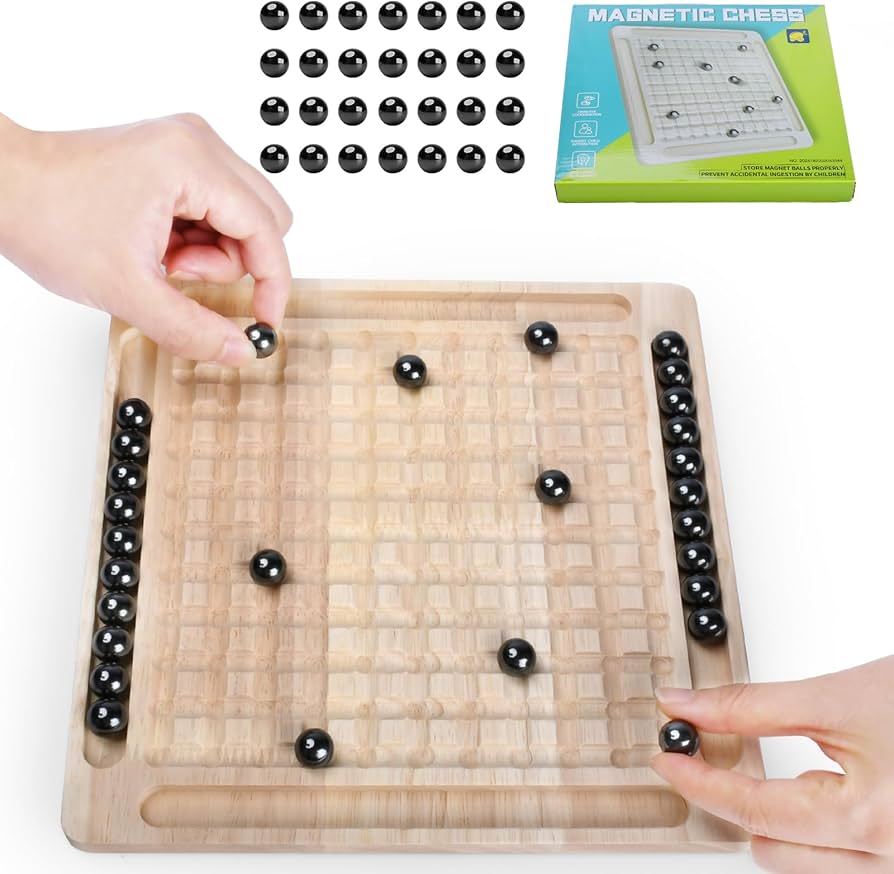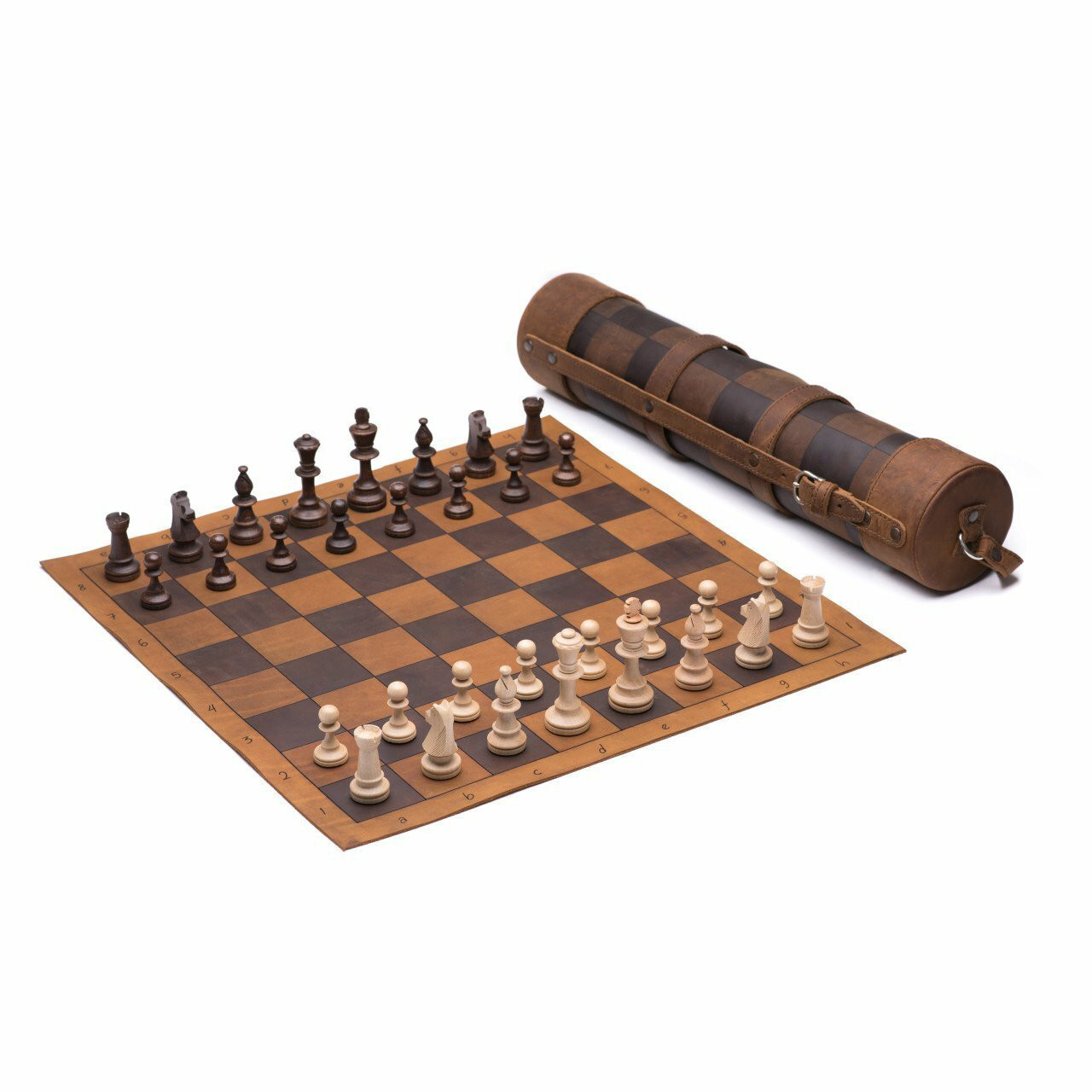Chess is a game of strategy. Every move counts. One important move is castling. It can change the game. But what are the benefits of castling? Let’s find out.
What is Castling?
Castling is a special move in chess. It involves the king and a rook. The king moves two squares towards the rook. The rook moves next to the king. This is the only move where two pieces move at the same time.
Why Castling is Important
Castling has many benefits. It can protect your king. It can also help you control the board. Here are some reasons why castling is important:
- King Safety: The king is safe after castling. It moves to the corner of the board. This makes it harder for the opponent to attack.
- Rook Activation: The rook comes into play. It moves to the center. This gives it more power and control.
- Better Defense: Castling strengthens your defense. Your pieces work together to protect the king.
- Central Control: The rook controls important squares. This helps you control the center of the board.
When to Castle
Knowing when to castle is key. Here are some tips:
- Castle early in the game. This keeps your king safe.
- Do not castle if it puts your king in danger.
- Consider the position of your pieces. Make sure castling helps your strategy.
Types of Castling
There are two types of castling:
| Type | Description |
|---|---|
| Kingside Castling | The king moves two squares towards the rook on the right. The rook moves next to the king. |
| Queenside Castling | The king moves two squares towards the rook on the left. The rook moves next to the king. |
Rules for Castling
Castling has rules. You must follow them:
- The king and rook have not moved before.
- No pieces are between the king and rook.
- The king is not in check.
- The squares the king crosses are not under attack.

Credit: www.chess.com
Examples of Castling
Let’s see some examples:
Example 1: Kingside Castling
In this example, the white king castles kingside. The king moves to g1. The rook moves to f1. This protects the king and activates the rook.
Example 2: Queenside Castling
In this example, the black king castles queenside. The king moves to c8. The rook moves to d8. This also protects the king and activates the rook.
Common Mistakes
Players sometimes make mistakes when castling. Avoid these common errors:
- Castling too late. The king remains in danger.
- Castling when the center is open. The opponent can attack easily.
- Not considering the opponent’s moves. They may set traps.

Credit: learn.humsa.com
Conclusion
Castling is a powerful move in chess. It protects your king. It activates your rook. It strengthens your defense. It helps control the board. Remember the rules. Avoid common mistakes. Practice castling in your games. This will improve your chess skills.







